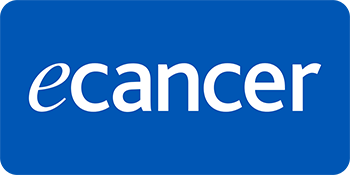Background: Axillary lymph node staging is essential for making therapeutic decisions and for prognostication. A minimum of ten lymph nodes is recommended for accurate staging. This study describes the process and outcomes of an audit cycle that resulted in a novel intervention instituted to improve concordance with guidelines.
Methods: The study began with a retrospective audit of lymph node retrieval following axillary lymph node dissection (ALND). Subsequent phases evaluated the efficacy of immediate lymph node extraction before fixation by comparing the mean number of lymph nodes and the proportion of guideline-concordant cases to retrospective data and concurrent cases without the intervention.
Results: The mean number of lymph nodes retrieved in the retrospective phase was 5.2, which is less than the recommended threshold. The intervention resulted in a significant increase in lymph node retrieval over the baseline rate (13.7 versus 5.2, p = 0.026). There was also a significantly higher number of lymph nodes following the intervention compared to concurrent cases managed during the same period without the intervention (13.7 versus 7.9, p = 0.004). The concordance rate was 89% in the intervention group compared to 47% in the non-intervention group (p = 0.019). There was no significant difference when the intervention was administered by either surgeons or pathologists (13.5 versus 12, p = 0.25).
Conclusion: Immediate extraction of lymph nodes resulted in significant improvement of concordant lymph node retrieval in all phases of the study. We recommend that this practice be validated in larger cohorts for possible recommendation as an effective way of improving lymph node retrieval following ALND.





